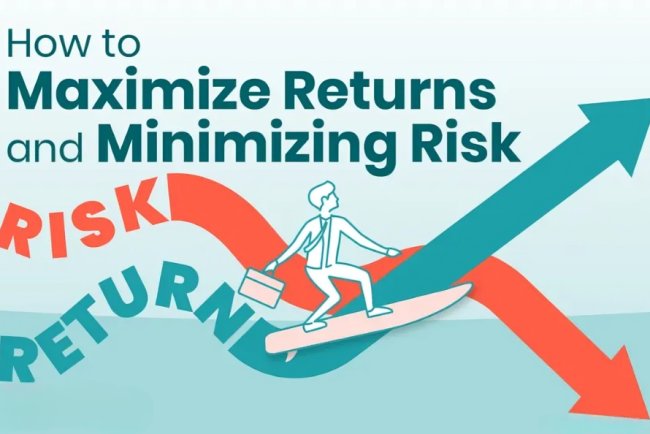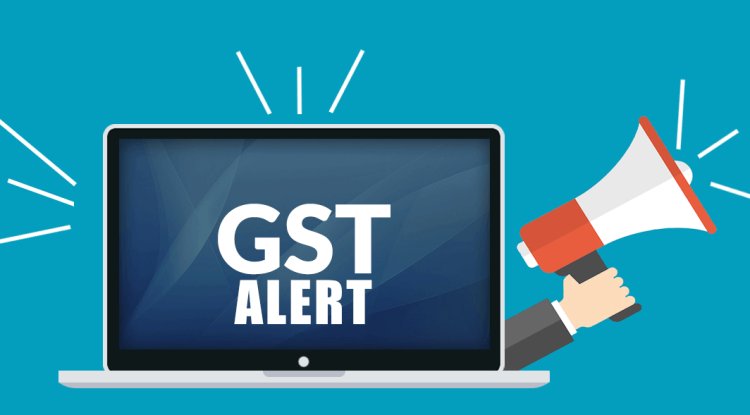What to Do After Filing Your ITR: A Complete Guide
Filing your Income Tax Return (ITR) is just the first step; what you do afterward is equally important. After filing, download and keep your ITR acknowledgement, complete the ITR verification process (preferably via e-verification of ITR), and regularly check the ITR status online. Refunds usually take 20–45 days, but delays can occur due to incorrect bank details, pending verification, or scrutiny. You’ll also receive an intimation under Section 143(1), which must be reviewed carefully. If errors are found, you can file a revised return. Staying informed and seeking help from professionals like Certified Corporate Accounting or experts in SAP FICO (Finance & Controlling) ensures smooth compliance with Income Tax & GST rules.
Filing your Income Tax Return (ITR) is a crucial part of financial compliance in India. While many taxpayers breathe a sigh of relief once the return is filed, the process doesn’t end there. In fact, what you do after filing your ITR is equally important. If you are wondering “What happens after ITR filing?” or “How long does it take to get ITR refund?”, this complete guide will walk you through everything you need to know.
Whether you are an individual taxpayer, a salaried professional, or a business owner working with Certified Corporate Accounting, understanding the post-filing steps ensures your ITR is processed smoothly. Let’s dive into the steps after filing ITR online in India and what actions you need to take next.
1. Understanding the Income Tax Return Filing Process
Before looking at the next steps, it’s important to recap the income tax return filing process. Filing ITR involves:
-
Collecting Form 16, TDS certificates, and income proofs.
-
Computing taxable income and applying deductions (like 80C, 80D, etc.).
-
Filing the return online via the Income Tax e-Filing portal.
-
Submitting the return and generating an acknowledgement.
But filing is just the beginning. You must complete ITR verification, track your return status, and monitor your refund.
2. ITR Acknowledgement: Your Proof of Filing
After submitting your return, the system generates an ITR acknowledgement (also called ITR-V). This is proof that you have successfully filed your return. You can download it from the e-filing portal.
-
Keep a digital and physical copy for your records.
-
It will be required for loans, visa applications, and financial audits.
3. The ITR Verification Process
The most important step after filing your return is ITR verification. Without verification, your ITR will not be considered valid.
You can verify your ITR in two ways:
a) E-Verification of ITR (Preferred)
-
Aadhaar OTP on your registered mobile number.
-
Net banking login through your bank.
-
Demat account or bank account-based electronic verification code (EVC).
b) Physical Verification
-
Download ITR-V.
-
Sign it and send it by post to CPC, Bangalore within 120 days.
⚠️ If you forget to verify, your return will be treated as not filed.
4. ITR Status Check Online
Once you verify your return, you should track its progress using the ITR status check online feature on the income tax portal.
You will see different stages such as:
-
Return submitted
-
Return verified
-
Return processed
-
Refund issued (if applicable)
This helps you stay updated and address any issues promptly.
5. Refunds: How Long Does It Take?
One of the most common questions taxpayers have is: “How long does it take to get ITR refund?”
-
Generally, refunds are issued within 20–45 days of return processing.
-
Refunds are directly credited to your bank account linked with PAN and pre-validated in the portal.
-
If there are discrepancies, refund processing may take longer.
6. Income Tax Refund Delay Reasons
Sometimes refunds are delayed due to:
-
Bank account not pre-validated.
-
Errors in ITR filing (wrong IFSC code, incorrect PAN, mismatch of income).
-
Verification not completed on time.
-
Selection of return for detailed scrutiny.
To avoid delays, always double-check your filing and verify immediately.
7. Intimation Under Section 143(1)
After processing, you will receive an intimation under Section 143(1) from CPC Bangalore. It states whether:
-
Your return is accepted as filed.
-
There is a demand (tax payable).
-
There is a refund due.
This intimation is sent to your registered email ID and is also available on the portal.
8. Revision or Correction of ITR
If you discover errors or omissions in your filed return, don’t panic. The Income Tax Department allows you to file a revised ITR before the due date of assessment.
Common reasons for revision:
-
Forgot to declare certain income.
-
Incorrect bank details.
-
Missed deductions.
9. Professional Help: Why It Matters
For salaried employees or small businesses, ITR filing may seem straightforward. But for companies dealing with SAP FICO (Finance & Controlling), GST compliance, or multiple sources of income, the process can get complex.
Here, professional support like Certified Corporate Accounting services ensures accuracy in:
-
Tax computation (Income Tax & GST).
-
Refund claims.
-
Compliance with deadlines.
-
Handling notices from the IT department.
10. Key Takeaways – What to Do After Filing ITR
Here’s a quick checklist:
✔️ Download and keep your ITR acknowledgement safe.
✔️ Complete ITR verification process within 120 days.
✔️ Use the portal for e-verification of ITR for faster processing.
✔️ Regularly perform an ITR status check online.
✔️ Track your refund and ensure your bank account is pre-validated.
✔️ Review the intimation under Section 143(1) carefully.
✔️ File a revised return if you find any mistakes.
Conclusion
Filing your ITR is not the final step—it’s the beginning of ensuring full compliance. By following the steps outlined in this guide, you can stay on top of your tax obligations, avoid refund delays, and handle issues proactively.
This is designed to make the post-filing journey simple and stress-free. Whether you are an individual, a salaried professional, or managing a business with complex accounting needs like SAP FICO (Finance & Controlling), staying informed ensures smooth tax compliance.
What's Your Reaction?














